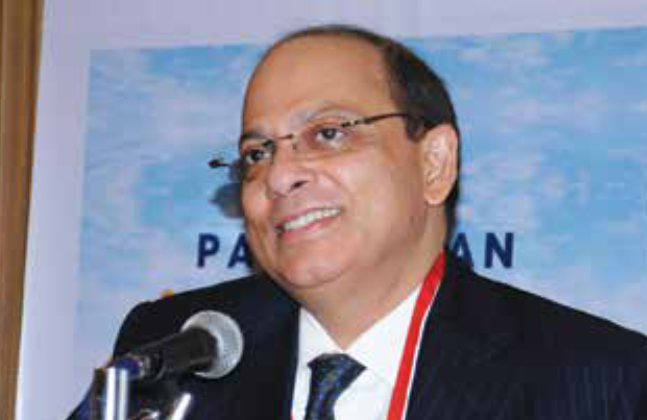[vc_row][vc_column][vc_column_text]
The pioneer and leader in coastal shipping is going full throttle on expansions to boost its bulk handling capacity. Rajiv Agarwal, CEO&MD, Essar Ports Ltd in a oneto- one with Ramprasad, Editor-in- Chief, Maritime Gateway details on the business growth and expansion in progress on either coasts
Q How has been the business in the previous year?
Business was good in FY2016- 17, on the bulk side the throughput increased by 50 per cent. Cargo has grown at all our ports be it Vizag, Hazira or Paradip. On the liquid side the business increased by about 10 per cent. Overall growth in cargo was about 25 per cent, which is much higher than the national average. Total volume handled by our ports was 73 million tonnes.
Q What are your plans for the next year?
We expect Vizag Port to get operational after modernisation and Port Salaya will be fully operational. We are also expanding at Hazira Port. Together these ports will be handling about 56 million tonnes. From 34 million tonnes last year, the bulk operations will go up to 56 million tonnes.
Q Tell us about your upcoming projects?
The Haldia Port had come out with a tender for some land for joining a jetty for LNG. We have won the tender and are putting up an LNG terminal there. We will bring LNG in small parcels because larger ships cannot come there due to draft issues. It will have a capacity of about 2 million TPH. With these expansions, our capacity will go up to 140 million tonnes excluding the liquids.
Q Where do you see the growth happening more?
We expect 50 per cent growth in Vizag because with the completion of the renovation efficiency will go up multiple times. It will be around 7,500 TPH. About 100,000 tonnes per day will be handled at the terminal, whereas today with a lot of effort we are able to do only 50,000 tonnes.
In Hazira we expect cargo to go up by 30-40 per cent. At Paradip also the growth will be around 30 per cent. In a port project location is the key and then having some base cargo is very important. Companies that have a base cargo of their own can only sustain a port. Again liquid cargo volumes cannot be that high except in locations where crude is being imported. 70 per cent of India’s oil is imported at a single location Vadinar.
Currently the government is trying to link up industries with ports. Industries are being developed near to ports. This does not mean that the states that do not have a seacoast will not develop, but the states closer to the coast have a better chance.
The government has a plan to develop ports along the coast line. There can be small ports and a hub and spoke model can be developed, but all ports cannot be deep draft. Bigger vessels can be brought at deep draft ports and from there in smaller vessels cargo can move to smaller ports. This structure will not put pressure on the infrastructure of any single port and usage of sea routes can be made maximum.
Q What is the cargo you move through coastal route?
Inland waterways and coastal shipping are conceptually very strong ideas but in the first place infrastructure has to be erected. In coastal movement, Essar is a pioneer and we are the first to start movement of cargo from Vizag to Hazira and Paradip to Hazira. Essar moves around 40-45 million tonnes on the coastal routes. Crude oil is imported and then moved through coast. Coal and limestone is imported at Hazira, about 50 million tonnes of iron ore and 4-5 million tonnes of finished steel is moved through coastal shipping. Essar is so far the largest coastal player.
[/vc_column_text][/vc_column][/vc_row]








